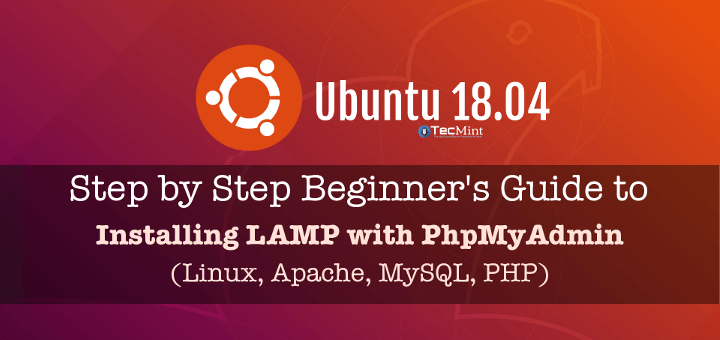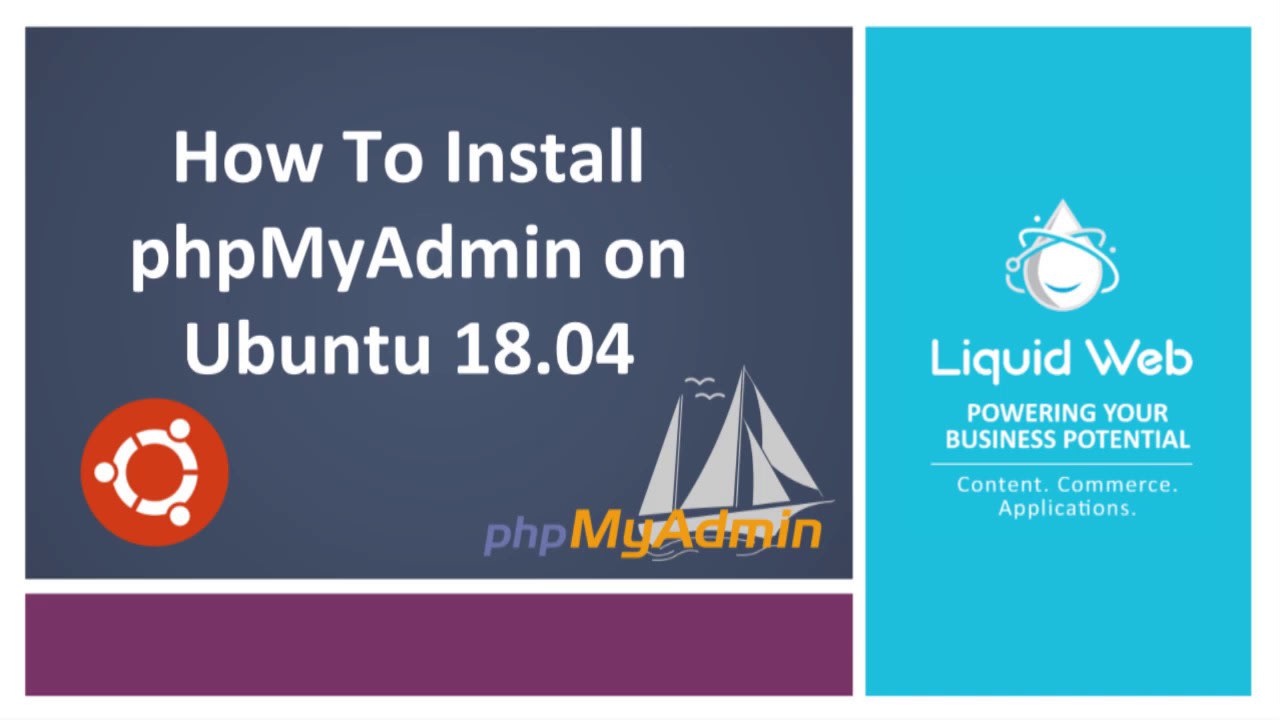

- PHPMYADMIN ALTERNATIVE UBUNTU UPDATE
- PHPMYADMIN ALTERNATIVE UBUNTU FULL
- PHPMYADMIN ALTERNATIVE UBUNTU PASSWORD
- PHPMYADMIN ALTERNATIVE UBUNTU WINDOWS
Click on the new connection from there you can manage your database.
PHPMYADMIN ALTERNATIVE UBUNTU PASSWORD

NOTE Keep in mind that those Outbound IP addresses might change if computers are added or changes are made to the region where your App Service is assigned. Step 6 Make sure both your App Service and App Server for MySQL are on the same Resource Group, JIC. Step 5 Remember to save this changes before you navigate away of this page. Step 4 Under this section as well set Allow access to Azure services to Yes. Step 3 There's a group of 5 IP addresses there, add an entry on your App Server for MySQL > Connection security section for each IP under Firewall Rules. Step 1 Go to your App Service dashboard a look for Properties. THE CORRECT WAY TO CONNECT MYSQL TO APP SERVICES This is directly from Microsoft Documentation.
PHPMYADMIN ALTERNATIVE UBUNTU UPDATE
PHPMyAdmin will block itself on the latest update since the configuration file has to have permission set to 644. Which means, that no matter where you put the PHPMyAdmin files they will be exposed. IMPORTANT WARNING Step Two option 1 (one) configuration will force the Linux container files to be exposed by forcing everything inside the /home directory permission to 777 (Write/Read/Execute open to all - Groups / Owners / Guest). But of course, this is based on the documentation. If everything is configured properly you should be able to access your database with PHPMyAdmin. Step Three, make sure to save the changes name: WEBSITES_ENABLE_APP_SERVICE_STORAGE value: true - see warning at the end of this section.Step Two, you need to create 4 applications settings: Step One, go to Configurations > Application Settings This method exposes your database user/password on the $_SERVER global on PHP and exposes all the files under /home directory. The sad part that's suggested by Docker Hub documentation, I will post the correct way next.
PHPMYADMIN ALTERNATIVE UBUNTU FULL
The full explanation would be: Steps to set your App to connect to Azure Server for MySQL Instance Specially when in any other host using Linux is as easy as one page, one explanation and that's it. The Microsoft Documentation is so annoying, there's no one article that can explain everything in a single page, there is always a link saying "for more go to this link", then you go to that link and that link linked you to another link and so on to a never ending loop because at some point a link point back to where you start. Please explain as someone who does not speak Microsoft at all. Can you expand a little more? When I go to App Settings there's nowhere in there where I can enter all those values. Preferably, you should use HSTS as well, so that you’re protected from protocol downgrade forgive me, but the answer is too generic.

Update in PHPmyadmin with your database server credentials.FTP to your web app and push the PHPmyadmin changes.Create a folder under wwwroot, called PHPmyadmin.If you still wish to use PHPmyadmin, you can do the following :
PHPMYADMIN ALTERNATIVE UBUNTU WINDOWS
Linux Web App currently does not support site extensions similar to Windows App service Web App hence enabling PHPmyadmin with single sign on is not available to Linux web app yet.

You can take a look at this document for the steps:Īlternatively, you could use MySQL workbench or MySQL command line utilities as a secure way to access your database. You can change the Application Settings like the following and then try:


 0 kommentar(er)
0 kommentar(er)
